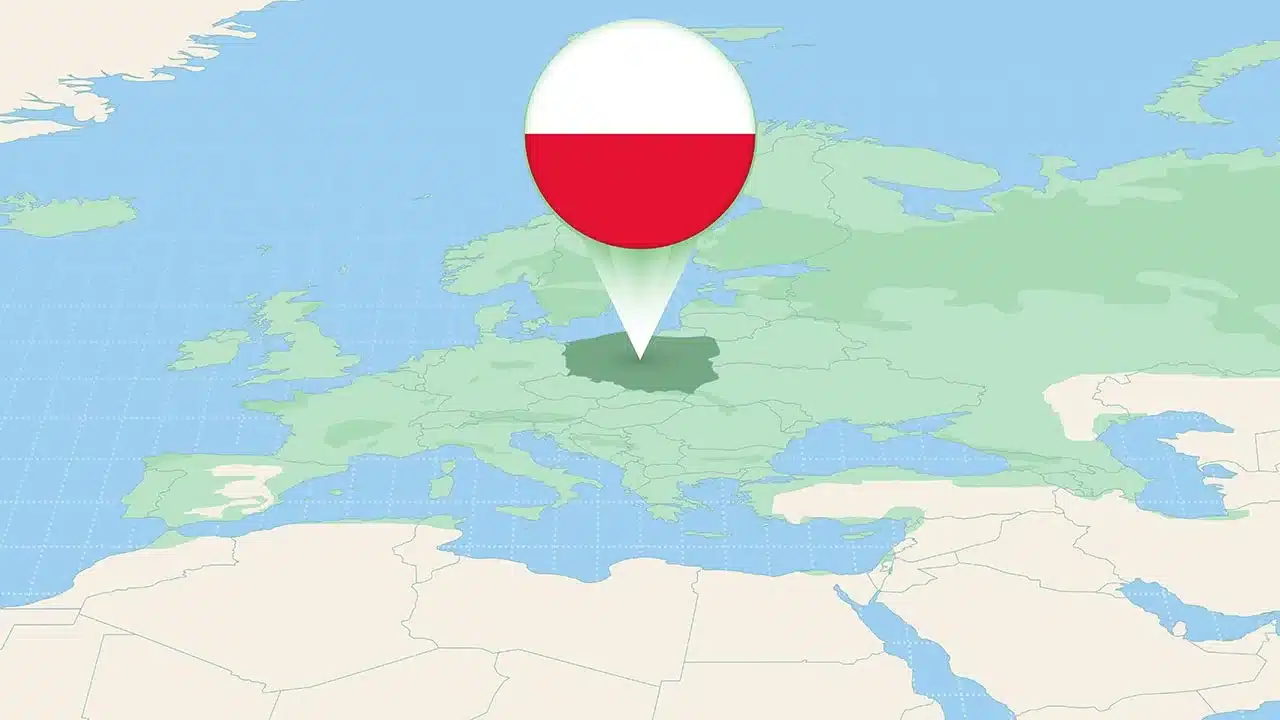Prices of consumer goods and services in October 2024 increased by 5% compared to the same month last year (with a rise in service prices by 6.7% and goods by 4.3%), according to Poland’s Central Statistical Office (GUS). “The best days are behind us” aptly summarizes the initial data for the final quarter of this year. Today, GUS confirmed its preliminary inflation estimate, reporting a 5% year-on-year rise in October. This is the highest rate recorded in 2024, with further records likely ahead.
Our forecast for inflation development toward the end of the year is coming true. From this point on, inflation will exceed the threshold established in October. Food prices continue to rise surprisingly fast (+4.9% y/y), although part of this increase can be attributed to last year’s lower VAT rate. Fuel prices, however, remain unchanged. In October, the annual inflation rate for fuel was influenced by the significant drop in gasoline prices from a year ago. Next month, this factor is expected to start contributing to a reduction in the overall inflation rate.
Comparing data from Poland’s industrial sector and retail sales, it’s clear that the market is already feeling the effects of declining demand for cars. Car prices dropped by 7.2% year-on-year, which is not due to traditional end-of-year clearance sales. Next year, passenger vehicles are expected to push inflation higher, mainly because of the new EU emissions standards that will take effect. Unfortunately, transportation accounts for nearly 10% of the total inflation basket used by GUS.
Energy prices and energy carriers continue to accelerate inflation. As we approach the peak of the heating season, further increases in raw material costs are likely. The individual costs of maintaining a house or apartment have risen by nearly 10% over the past year.
The Monetary Policy Council faces a real challenge. Its stance is becoming increasingly dovish, but any plans for interest rate cuts might be disrupted by the United States under the leadership of Donald Trump.
